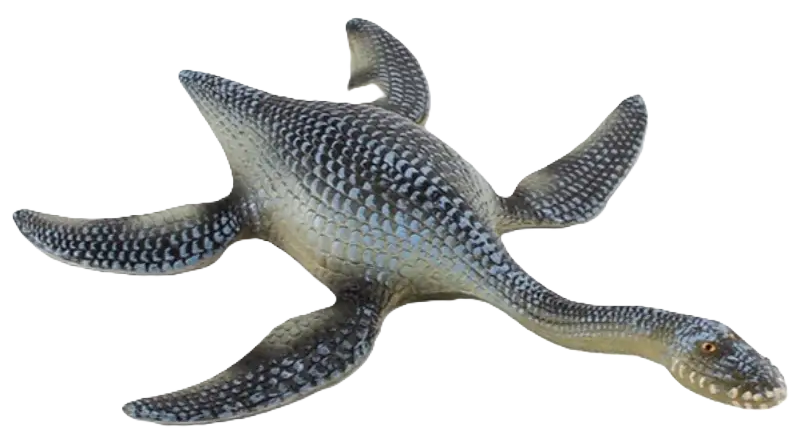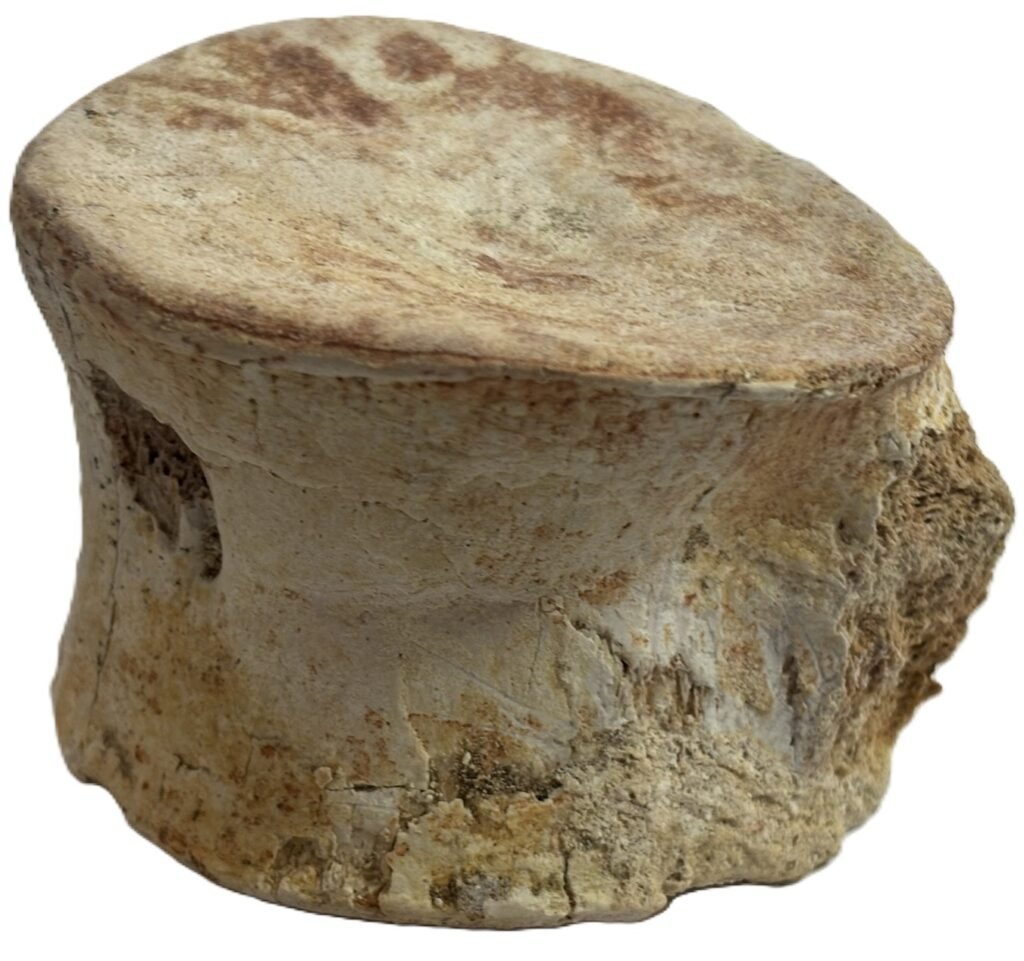
The name Plesiosaur originates from the Greek words plesios, meaning “near” or “close to,” and sauros, meaning “lizard.” William Conybeare identified plesiosaurs as a distinct group of marine reptiles, noting their closer resemblance to modern reptiles than earlier discoveries like ichthyosaurs.
Locations and Distribution
Plesiosaurs thrived during the Mesozoic Era, from the Late Triassic to the end of the Cretaceous (about 203 to 66 million years ago). Their fossils appear on every continent, showing their widespread presence in prehistoric seas. Major discoveries have come from the United Kingdom, Germany, the United States, Morocco, and Australia.
Physical Characteristics
Plesiosaurs had broad bodies, short tails, and four powerful, paddle-like limbs, allowing graceful movement through water. Their sizes ranged from 3 to over 15 metres in length.
Two primary body types evolved:
- Long-necked plesiosaurs (e.g., Elasmosaurus) had small heads and extended necks, striking at fish and cephalopods from a distance.
- Short-necked plesiosaurs (e.g., Liopleurodon) possessed large heads and powerful jaws, making them apex predators capable of hunting larger prey.
Major Discoveries
Mary Anning unearthed one of the earliest and most significant plesiosaur fossils in the early 19th century at Lyme Regis, England. Her discoveries shaped scientific understanding of marine reptiles. Since then, numerous remains have been found worldwide, including some with preserved stomach contents revealing diets of fish and squid.
Interesting Facts
- Unlike modern marine reptiles, plesiosaurs gave birth to live young rather than laying eggs on land.
- Their swimming style relied on all four flippers, similar to sea turtles, making them efficient swimmers.
- Some species had over 70 neck vertebrae, allowing extreme flexibility.
- The Loch Ness Monster legend often connects to plesiosaurs, though no scientific evidence suggests they survived beyond the Cretaceous.
Folklore and Legends
Myths of sea serpents and lake monsters frequently reference plesiosaurs. Nessie, the Loch Ness Monster, appears in descriptions resembling a long-necked plesiosaur. Some Indigenous Australian rock art may depict plesiosaur-like creatures, hinting that ancient peoples discovered fossils and incorporated them into folklore.
Astrology and Chakra Connections
Astrologers associate plesiosaurs with Pisces, a water sign representing mystery, intuition, and deep emotional currents.
In the chakra system:
- Throat Chakra (Vishuddha): Linked to communication and fluidity, much like the plesiosaur’s graceful movement.
- Sacral Chakra (Swadhisthana): Governs emotions and adaptability, reflecting their dominance in ancient seas.

Plesiosaur
Plesiosaur collection
